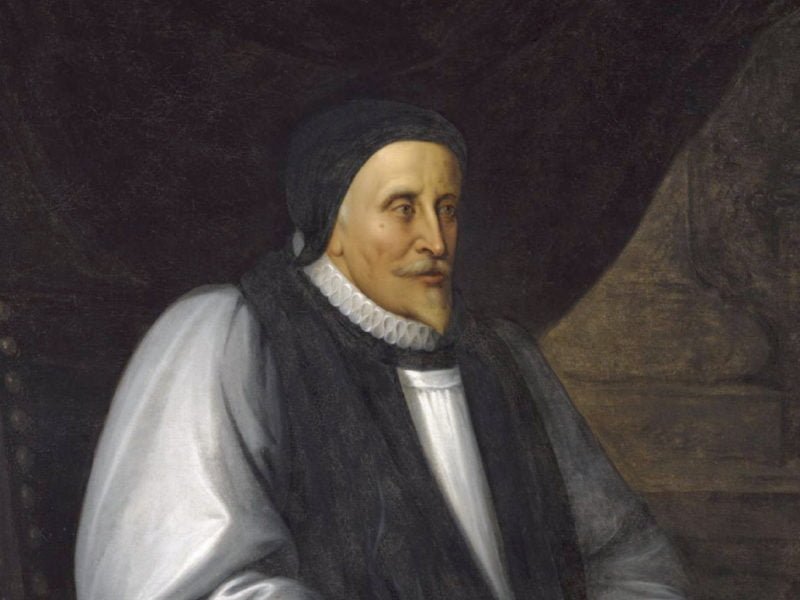An Introduction to Lancelot Andrewes and his Legacy
A cold coming they had of it at this time of the year, just the worst time of the year to take a journey, and specially a long journey in. The ways deep, the weather sharp, the days short, the sun farthest off, in solstitio brumali, “the very dead of winter.” Some of you will…




